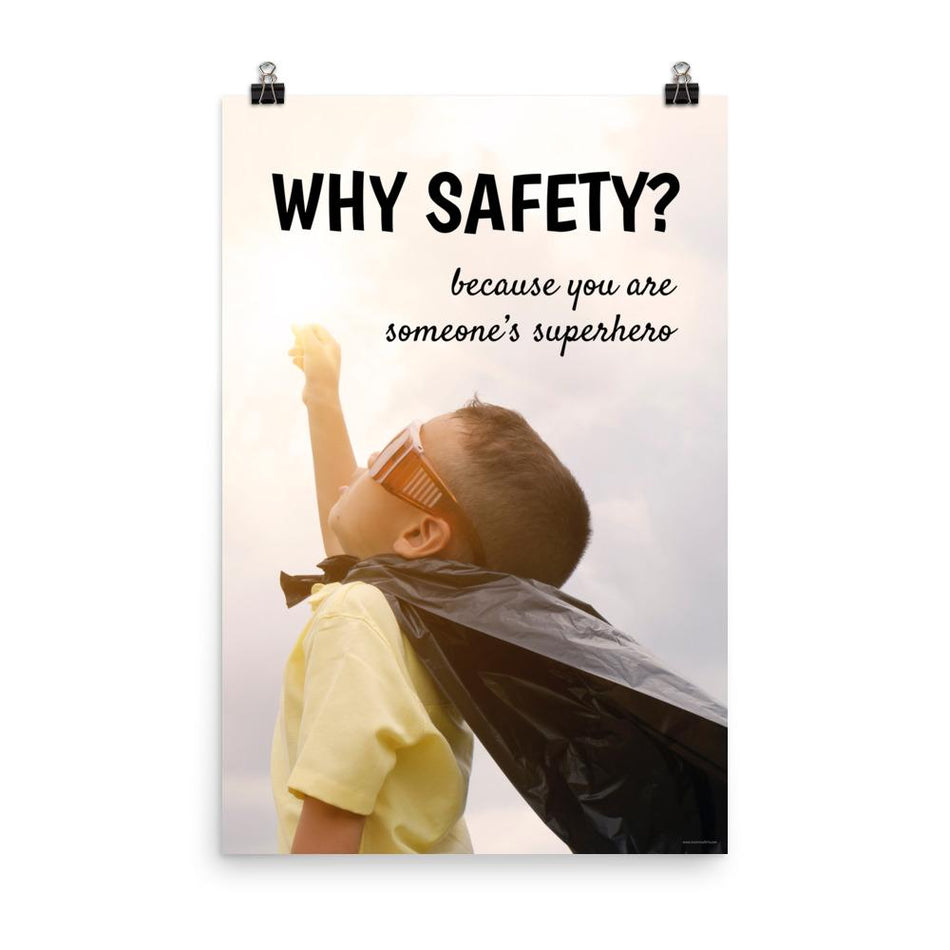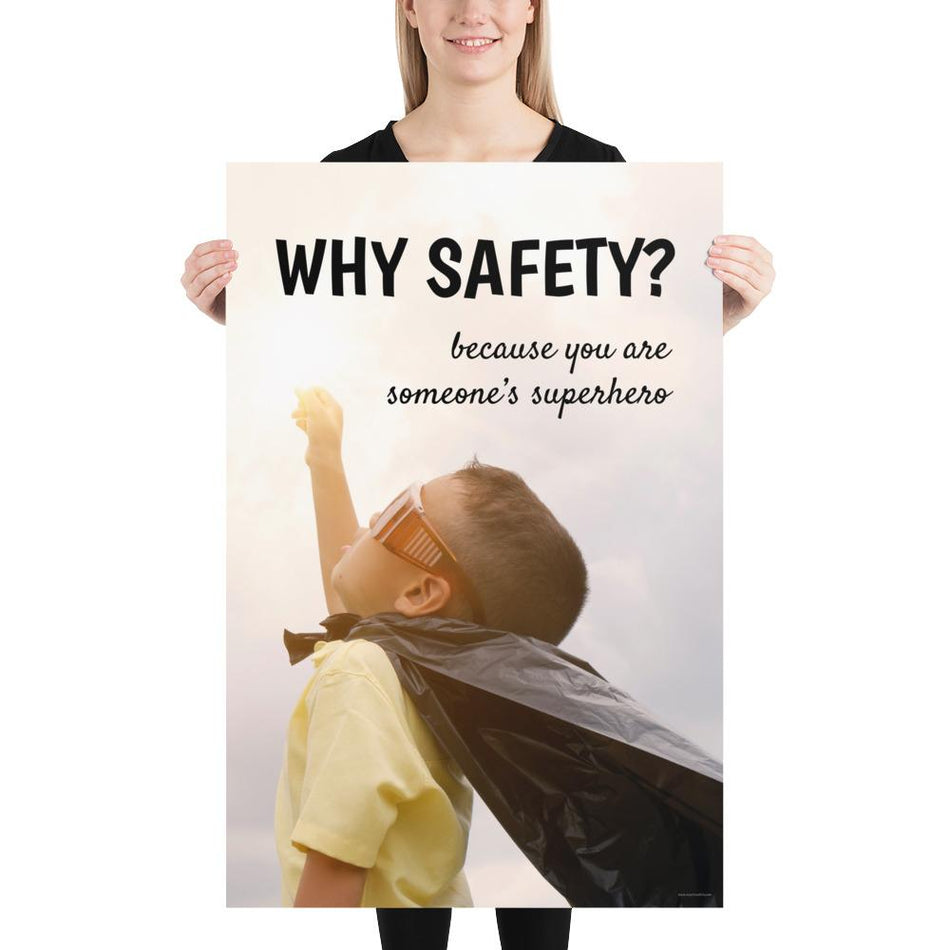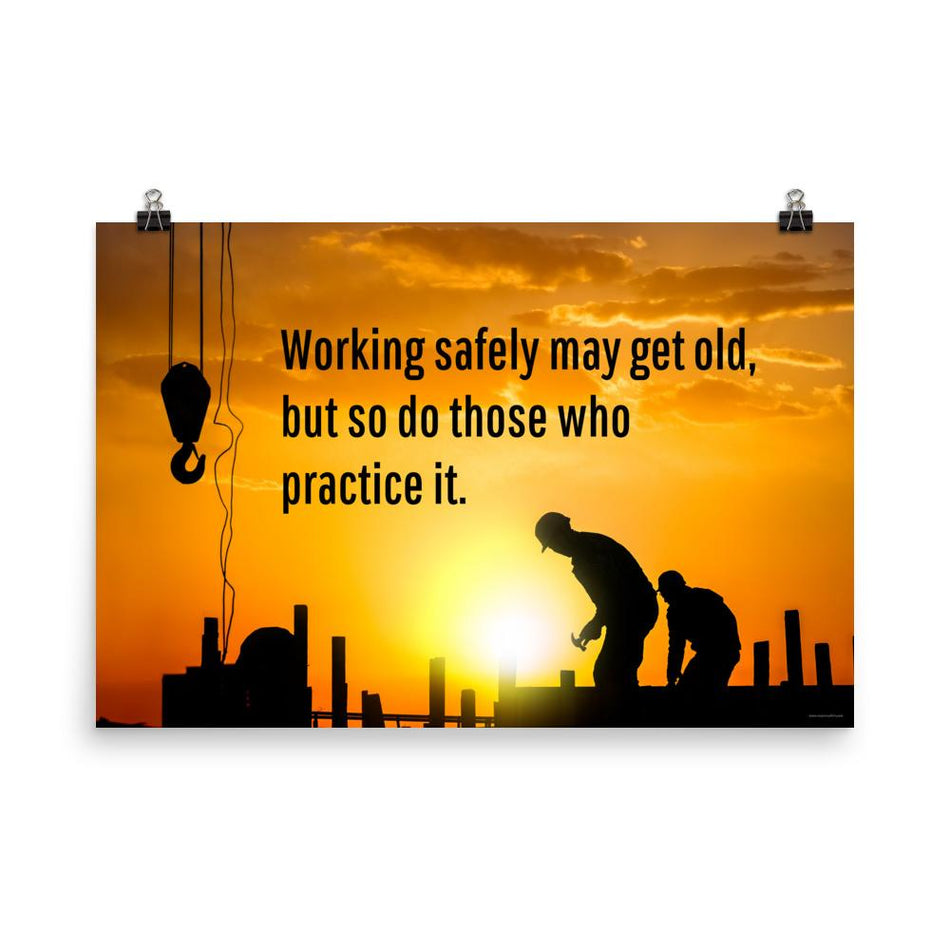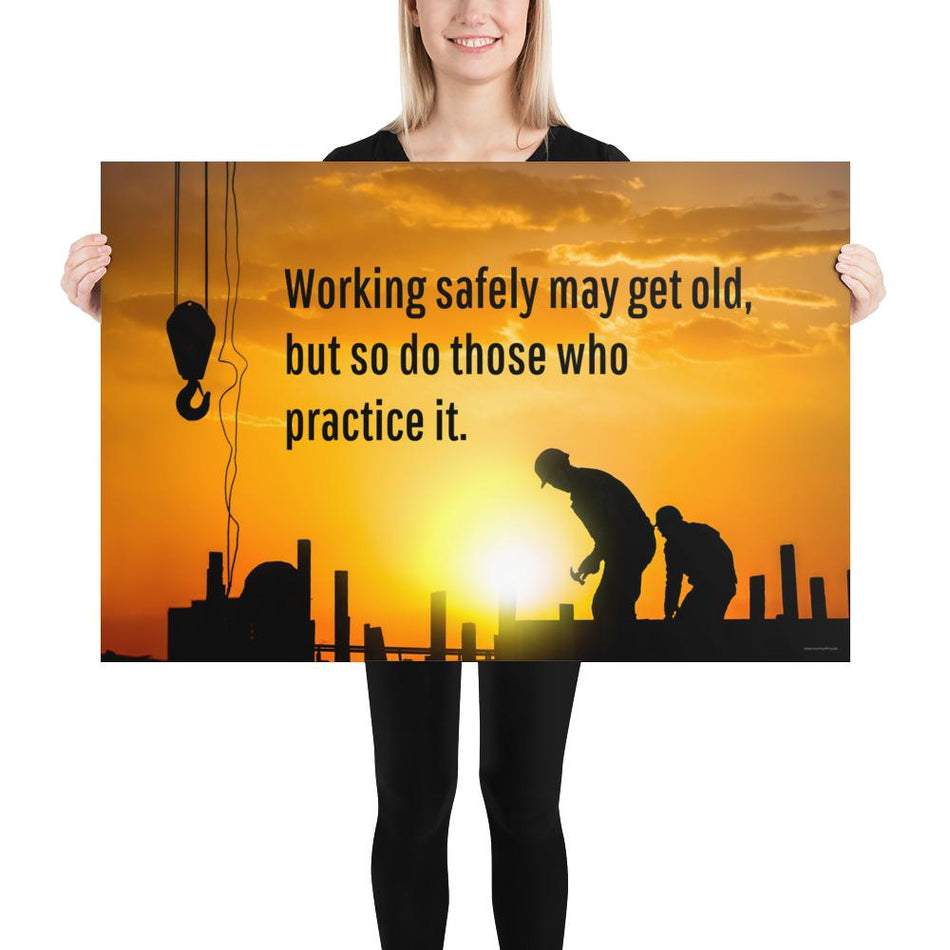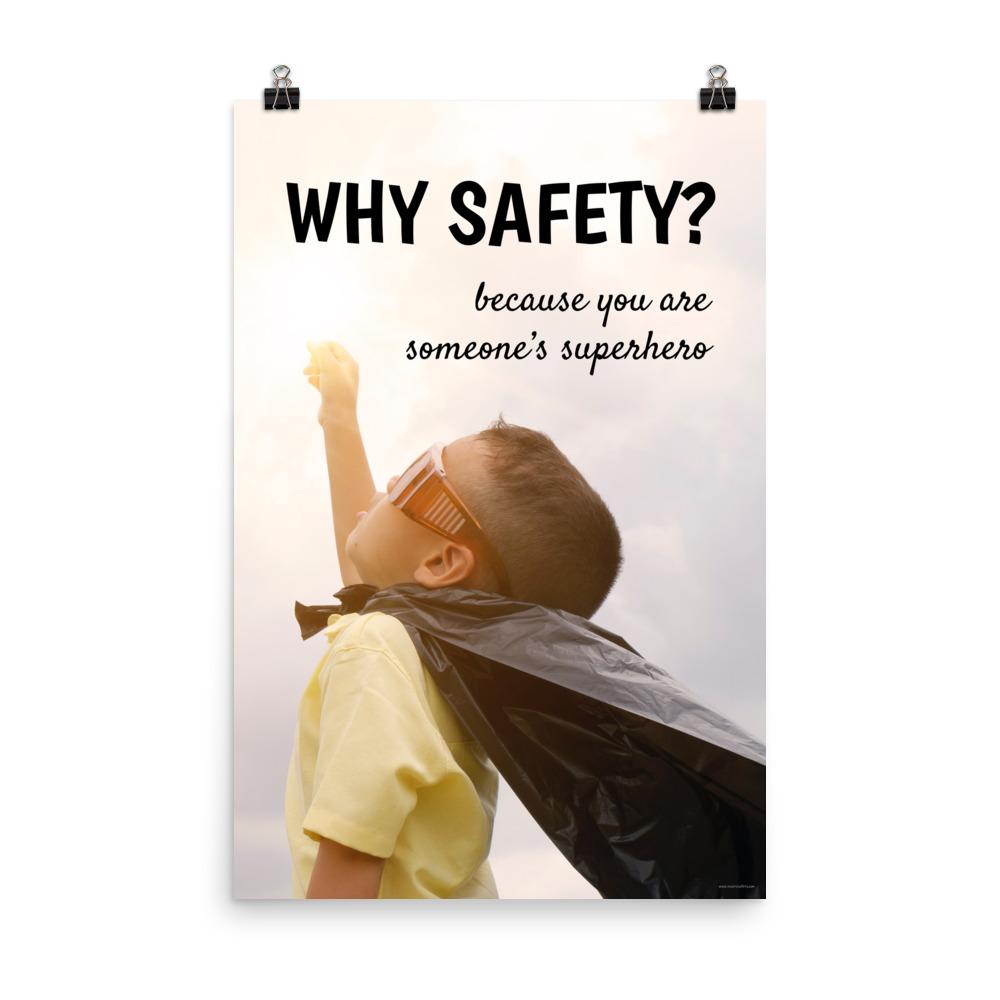Construction crews face intense physical demands day in and day out—but when the temperature rises, so do the risks. Heat stress is a serious and sometimes deadly hazard on construction sites, especially during the hot summer months. Without the right precautions and awareness, workers can quickly go from uncomfortable to unconscious.
Understanding the warning signs of heat stress and taking immediate action is crucial for protecting your team. Here’s what every construction worker, supervisor, and site manager needs to know to recognize and respond to heat stress before it becomes a medical emergency.
Without the right precautions and awareness, workers can quickly go from uncomfortable to unconscious.
Heat stress occurs when the body is unable to cool itself fast enough to maintain a safe internal temperature. This condition can result from high temperatures, high humidity, direct sun exposure, strenuous physical activity, and wearing heavy or non-breathable PPE (personal protective equipment).
Heat stress can lead to a variety of heat-related illnesses, including:
-
Heat rash
-
Heat cramps
-
Heat exhaustion
-
Heat stroke (a life-threatening emergency)
Recognizing the symptoms of heat-related conditions early can prevent them from progressing into more dangerous stages.
1. Heat Rash
This is often the first and most minor sign of heat stress. It shows up as clusters of red pimples or blisters, typically on the neck, upper chest, groin, or elbow creases. Though not dangerous, it’s a signal that the body is struggling to manage heat and sweat.
What to do: Take a break from physical activity to prevent the rash from getting worse. Gently pat the affected area with a clean, dry towel to remove sweat. Avoid rubbing, which can irritate the rash. Choose lightweight cotton or moisture-wicking fabrics to let the skin breathe.
2. Heat Cramps
These are painful muscle spasms—usually in the legs, arms, or abdomen—that happen during or after heavy physical work in a hot environment. Heat cramps are a warning that the body is losing too much salt and fluid.
What to do: Stop activity, move to a cool area, and drink water or an electrolyte beverage. Avoid returning to strenuous work until the cramps are gone.
3. Heat Exhaustion
This is a more severe reaction to heat, and a critical red flag that the body is becoming overwhelmed. Signs include:
-
Heavy sweating
-
Weakness or fatigue
-
Dizziness or fainting
-
Nausea or vomiting
-
Cool, pale, or clammy skin
-
Rapid, weak pulse
What to do: Move the person to a shaded or air-conditioned area, loosen clothing, apply cool compresses, and encourage sipping water. If symptoms worsen or don’t improve in 30 minutes, seek medical attention.
4. Heat Stroke
This is the most serious heat-related illness and a life-threatening emergency. Symptoms include:
-
High body temperature (above 103°F)
-
Hot, red, dry, or damp skin
-
Confusion or altered mental state
-
Slurred speech
-
Seizures
-
Loss of consciousness
What to do: Call 911 immediately. Begin cooling the person down with ice packs, cool water, or fans while waiting for emergency responders.
Construction sites often combine high temperatures, hard physical labor, and limited access to shade or air conditioning. Add in PPE like hard hats, reflective vests, and gloves, and it’s easy for body temperatures to spike dangerously fast.
New workers or those returning from time off are particularly vulnerable because their bodies haven’t acclimated to the heat. Acclimatization—gradually increasing exposure to hot conditions—can significantly reduce the risk of heat illness.
Recognizing the signs is just one piece of the puzzle. Preventing heat stress requires planning, training, and a culture that prioritizes worker safety. Here are a few best practices:
-
Hydration: Provide cool drinking water near all work areas. Encourage workers to drink at least one cup every 15–20 minutes—even if they’re not thirsty.
-
Rest Breaks: Schedule frequent breaks in shaded or cooled areas, especially during peak heat hours (typically between 10 a.m. and 4 p.m.).
-
Adjust Work Schedules: When possible, plan heavy tasks for early morning or evening when temperatures are lower.
-
Monitor New Workers: Closely observe new or returning employees for signs of heat stress during their first week.
-
Educate Your Crew: Conduct toolbox talks and safety training on heat illness symptoms, first aid, and when to call for help.
No one should suffer from heat stress on the job. By educating your crew to recognize the signs and speak up when something feels wrong, you’re taking an important step toward a safer work environment. Supervisors should lead by example—taking breaks, drinking water, and responding quickly when workers show signs of heat stress.
Heat illness is preventable. The key is staying alert, prepared, and responsive—because in the heat, minutes matter.




